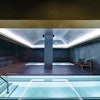Designers are taking sustainable design from the fringes to the mainstream of recreation facility architecture.

As principal and longtime Sasaki employee Nancy Freedman is apt to point out, this most recent renovation of her office space - which has involved the limited testing and, in some cases, installation of waterless rest-room fixtures, facade-integrated photovoltaic sunscreens and pervious parking lot paving systems - is like an evolution. "It's not like we just sat down one day and said, 'We're doing a renovation,' " says Freedman. "We're constantly reworking little parts of the building and have been for the 20-plus years I've been here."
Still, it wasn't until 2004, when the U.S. Green Building Council unveiled its Leadership in Energy and Environmental Design (LEED®) program for Existing Buildings, that Sasaki dove headlong into its Green Lab project. Also that year, the firm launched its SasakiGreen.com web site to showcase its commitment to environmentally responsive architecture (Sasaki's new San Francisco office recently received LEED Commercial Interiors certification and nearly 50 company employees, including a dozen sports and recreation architects, have become LEED Accredited Professionals).
Perhaps Sasaki is simply doing its part to combat the negative effects of climate change. But as more potential clients seek to build environmentally sensitive athletic and recreation facilities, it's also quite clear the firm expects its investment in green to pay dividends. "We're walking the walk and I think it probably has a marketing payoff, but you never know," says Freedman. "Obviously, if a Request for Proposal comes in and the client is looking for a LEED-certified building, it's very helpful to have LEED APs on the team. But even if that's not the case, it's really important to us as a firm, regardless of what the clients want to do. It's just the way we think it should be done."
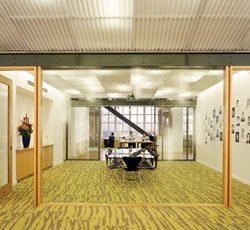
To Wendy Rogers, a principal with LPA Inc. in Irvine, Calif., there isn't much difference between sustainable and sensible architecture. She chooses to describe her firm's environmentally sensitive work simply as "good design." "If you just look at where you place a building on a site - and you do so in a manner that is sympathetic to the site - you're going to put it in the correct north-south orientation," says Rogers. "This is probably the most critical element. It allows you to maximize daylight, to minimize heat gain, to do all those things that are paramount to a good green strategy. And theoretically, that doesn't cost you anything more. That's just making sure the building is in the correct place right out of the gate."
Adds Hammel, "Whether you believe the ozone layer is deteriorating or not, we should be doing these things. It totally makes sense."
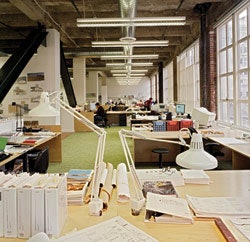
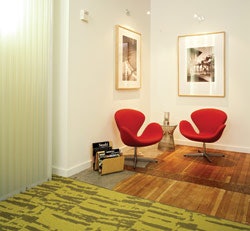
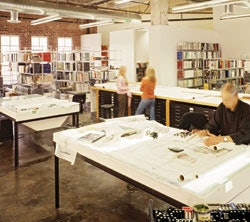
It seems that individuals also expect their community leaders to act sensitively when developing public recreation facilities. "A few months back, we were at a city council meeting for a project we're doing in Erie, Colo.," recalls Hammel. "There was a public comment portion of the meeting and someone got up and asked, 'What are you doing about sustainability on this project?' None of the city council members had ever brought up the subject. But from then on, even though they said they didn't want to spend the money to get it certified, they wanted as much as possible to be done to meet LEED standards - they wanted us to follow those precepts. It was really good to hear that one guy stand up before the city council. He was the catalyst."
More often than not, though, public officials need no such push. Government leaders in Oregon and Washington, for example, have been seeking sustainable design practices for local projects for years. Several years after Seattle's mayor decreed that all city buildings would be sustainable, the state of Washington has mandated that all public facilities be designed to meet LEED silver certification. Yet according to Opsis principal Jim Kalvelage, public officials from states outside of the environmentally conscious Pacific Northwest are beginning to show an interest in sustainable recreation facility design. "We also do work in Arizona, California and Wyoming. Throughout the western United States, people are looking for projects to be LEED-certified," he says. "Down in Phoenix, we've done some seminars for parks and rec people and they seem very excited with what we're doing up here in the Northwest. Some of the innovations we're doing here are certainly applicable to other parts of the country."
Sustainable design is proving just as appealing on college and university campuses. Freedman says there are many more clients that seek sustainable rec centers, but don't necessarily want to pay the architectural consulting fees associated with commissioning a LEED project, which can run anywhere from $30,000 to $100,000 (because they generally make fewer filing mistakes, firms with greater experience in commissioning LEED projects are likely to charge fees on the lower end of that scale). "This is always the catch - they want us to incorporate any sustainable features we can without costing them any more money," she says. "That's a little bit of backwards thinking, because in the long run it really costs them more money to not do it right. People need to get over that thought about initial costs and think about the long-term picture."
As for construction cost premiums, architects cite a range of 0 to 7 percent, depending on the number and complexity of sustainable features incorporated into the design. For his part, Kalvelage informs clients that shooting for LEED gold certification won't necessarily bust their budgets. "The premium to go from silver to gold is very slight," he says. "There are even some statistics that say it's kind of a wash."
To help soften the impact of upfront cost premiums, Hammel encourages his clients to pursue opportunities to cash in on the renewable energy credit and alternative energy buyback programs offered by public utilities in various states. Through one such program, Wisconsin's largest public utility buys the electricity generated by photovoltaic solar power collectors installed at non-residential facilities at a rate of 22.5 cents per kilowatt-hour for distribution to other power grid customers. However, the utility company only charges program participants about 9 cents per kWh for the energy they use to operate their own buildings, leaving them with a substantial profit. "Renewable energy credits are becoming more attractive to facility owners," says Hammel. "By selling the credits to people who are trying to offset their carbon footprint, they can actually create a source of income."
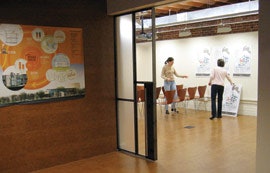

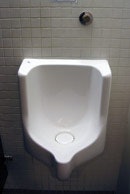
According to the USGBC, LEED APs "have demonstrated a thorough understanding of green building practices and principles and familiarity with LEED requirements, resources and processes." (That said, the USGBC awards projects one additional LEED certification point if architects have at least one LEED AP on their team.) The AP credential is earned by passing an exam in one of three tracks - new construction, existing buildings and commercial interiors. By the end of last year, every design professional at LPA's Irvine office had become a LEED AP, a move that Rogers sees as being more than just a marketing tactic. "I think it makes us better-informed designers. Every one of us in any given situation has the ability to speak intelligently about green design," she says. "We're going to be able to give our clients the information they need to make the right decision and move forward."
But Kalvelage is quick to note that even if they don't have the AP credential, it's just as important for a project's engineers and construction contractors to be LEED-knowledgeable. "It's a real team effort. We've had contractors who are really on top of it and others who are perhaps not as thorough as they need to be in terms of documenting the process for removing waste from the site or making sure that the ducts are properly sealed during construction," he says, adding that on the firm's Firstenburg Community Center project, "we lost some points because the contractor didn't follow through as thoroughly as he should have."
The same logic applies after a rec center opens. After all, what good is it to incorporate design features intended to enhance a building's indoor air quality if the facility's operations staff doesn't understand how to properly ventilate the space? For the benefit of current and future Firstenburg center employees, Opsis hired a local cable TV crew to film a demonstration video on the building's distinct ventilation system, which relies on louvers and operable clerestory windows equipped with CO2 sensors and actuators to provide cross-ventilation. Says Kalvelage, "We need to make sure that during different seasons, the user group really knows how to operate their facility in an efficient way."
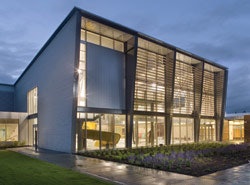

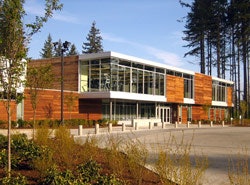
It can be an immense help if a facility has on staff one point person to coordinate such endeavors. Although signs throughout Sasaki's Watertown offices explain to visiting clients the various experiments undertaken by members of the firm's Green Lab project, Freedman gives much of the credit for her office's healthy, sustainable environment to a recently hired facility manager. "He purchases the light bulbs and the paint, hires the cleaning company, does all the little repairs, tracks our recycling and garbage collection, everything," she says. "Having someone like that paying attention makes an enormous difference."
Soon, people may not pay much attention at all to whether their public recreation facility's lobby is lit with compact fluorescent bulbs or whether its outdoor fields are irrigated using a rainwater collection system. This is the hope of architects who predict that before long sustainable design will be the standard for all rec center projects.
Hammel points to the landmark Salvation Army Kroc Centers currently under development across the country (see "Cities of Angels," Oct. 2005, p. 62). In at least one region (the Southern Territory), Salvation Army officials have mandated that all its Kroc community recreation centers be designed and built to meet LEED silver certification - a development that Hammel calls "big."
Freedman can't help but be pleased to hear such news - even if it means that in coming years her firm will see increased competition from a host of upstart green design studios. "We think sustainable design is going to become a matter of course, just as ADA ramps have. It's a great thing for the Earth, but 10 years from now I don't think it's going to provide our firm with a marketing advantage," she says. "Sustainable design will no longer be a big deal because everyone will be doing it."











